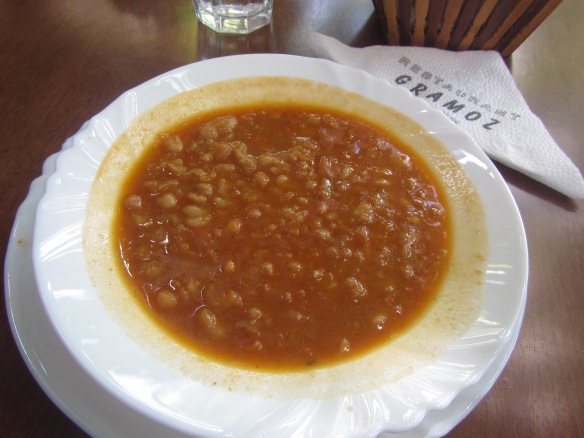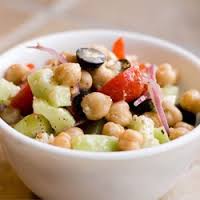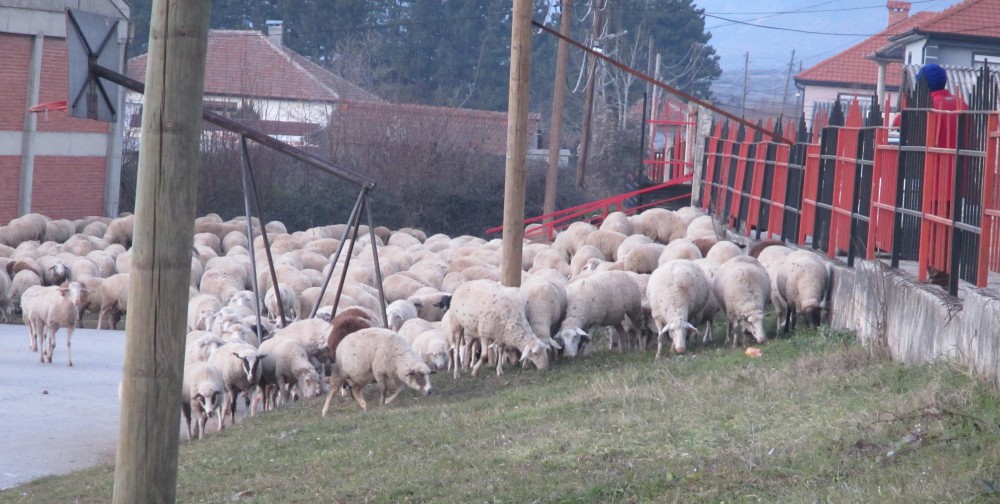“Let thy food be thy medicine and
medicine be thy food”
– Hippocrates

Beans have a very long history with humans. For 10,000 years, people have been eating various kinds of them, prepared in various ways. Beans as an agricultural crop pre-dates ceramics. From remnants found in ancient graves to written referrals, including The Iliad, the bean has long been present and valued, if not cherished, for its role in human nutrition. For the Mayans, the importance of saving seeds of beans and corn, thus insuring their survival, is integral to their understanding of their place in the world and in time.
Beans have a history in my family as well. As the number of children increased, beans appeared more often on our dinner plates. My father was convinced of the nutritional superiority of beans. John Steinbeck was too, as he illustrated in a couple of choice scenes in Tortilla Flat. It turns out they’re both right – beans boost fiber, provide antioxidants, and can lower cholesterol, among many benefits.
My mother dutifully boiled up navy beans in a big pot almost every day for the family repast, despite the fact that her digestive system didn’t tolerate them very well. We would have digested the sugars in them better, and experienced less flatulence, if my mother had known to cook them with carminatives like cumin, fennel, anise seed, or coriander seed, or if she had known to drain off the first water. But we didn’t know then what has since become common knowledge. Of course, the responses to beans among us children varied greatly, from eating them with gusto to a downright gag reflex. A few of my siblings, to this day, can’t tolerate the sight of beans. I am fortunate. I love them.
I have explored the bean dishes of various cuisines, far beyond my mother’s uninspired version of them. In fact when I am studying a culture, one of my curiosities is how they use legumes. I am rarely disappointed. I have enjoyed the many ways they appear in Mexican and Latin American food.





I love the little mounds of beans put alongside other delicious foods on injera in Ethiopian cuisine.

When I lived in Greece, I fell in love with fasolia, beans.
They could be baked with tomato and olive oil (gigantes), made into a cold salad (black-eyed peas or lentils),
made into a cold salad (black-eyed peas or lentils),

simmered into a warming fasolada, or bean soup (cannellini or navy), or the common Lenten lentil soup, fakes.
or the common Lenten lentil soup, fakes.

Peas also flourish in the Greek kitchen in soups and as dips, like the dish from Sifnos I found on a recent trip to Athens (yellow pea, or fava). Those are pickled vegetables on top, and a pool of olive oil all around. This dish calls for a crusty bread.
When I knew I’d be coming to Macedonia, I looked forward to Tavche Gravche, Macedonia’s national dish, made of beans and red pepper. The name means literally beans in a shallow pan (baking pan) or baked beans. Albanians living in Macedonia make grosh, which is like a soup or stew, cooked on top of the stove, usually with ground red pepper and sunflower oil, occasionally with little bits of other vegetables. Both dishes are usually made with cannellini beans, a white kidney bean. Because I live in an Albanian community, I ate plenty of grosh before having a chance to sample Tavche Gravche. But then I stayed in a hotel in Skopje near the Gama Restaurant, where I discovered this dish to be even tastier than I’d imagined. Combined with green salad and bread, it was deeply satisfying.
Both dishes are usually made with cannellini beans, a white kidney bean. Because I live in an Albanian community, I ate plenty of grosh before having a chance to sample Tavche Gravche. But then I stayed in a hotel in Skopje near the Gama Restaurant, where I discovered this dish to be even tastier than I’d imagined. Combined with green salad and bread, it was deeply satisfying. I found another delicious one in Ohrid.
I found another delicious one in Ohrid. Later, I discovered a different take on Tavche Gravche at a hotel breakfast buffet, also in Skopje. This time, red kidneys were used, and again, it was delicious!
Later, I discovered a different take on Tavche Gravche at a hotel breakfast buffet, also in Skopje. This time, red kidneys were used, and again, it was delicious!
I recently stumbled on the existence of a Macedonian bean soup, called Graff. How could I have been in this country for 10 months without hearing about this? For the same reason that I didn’t have a chance to eat Tavche Gravche early on. I live in an Albanian community. I enjoyed grosh, wondering why the Macedonians didn’t have a bean soup. So I was delighted to discover Graff. My fellow PCVs tell me it’s really good, too. It has red Balkan chilies (pictured below) and mint!
At the Old Bazaar in Skopje, I visit a vendor who sells many kinds of dried beans. I always buy at least one thing – usually several. Most of what she sells are single varieties of beans each in a big bag. However, she sells one combination of large beans that is excellent, both in hot meals and in salads.
 I’m still trying to learn the local names of these beans. My Macedonian has been put on the back burner, and Albanian in this context is very regional and imprecise, in my experience. But whether I ever learn the names or not, these beans provide me with a wealth of nutrition that is easy to make into delicious dishes.
I’m still trying to learn the local names of these beans. My Macedonian has been put on the back burner, and Albanian in this context is very regional and imprecise, in my experience. But whether I ever learn the names or not, these beans provide me with a wealth of nutrition that is easy to make into delicious dishes.

Here are some ideas I’ve tried here, where the resources I’m accustomed to are limited:
- Just throw the cooked beans on top of a mixed salad. This works with large or small beans. Don’t forget to add salt only after the beans have cooked, or they won’t soften.
- The sky’s the limit on this one. It’s a little like chili, unless you don’t use any tomato and depending on the spices you use. These spices make it more Mediterranean. Cook the beans, usually smaller ones, like cannellinis or smaller, though I have also used large ones. In a separate pan, sautee onions, garlic, celery root, and some spices, like oregano, basil, marjoram, thyme (and meat, if desired). If you want soup or stew, any liquid can be added at this point, like tomatoes or broth. I also like to add cinnamon and a pinch of cardamom as well (a little Greek influence there).
- Favas: cook yellow peas until they are mushy and the water is not separate in the pot. Sautee red onion, garlic, and thyme until the onions caramelize. Mix them into the favas. Add salt, olive oil, and lemon. This one is great with pickled vegetables on top. If you don’t have any, just capers are great, too.
I’d like to try cooking some beans with a more eastern flair to get the flavors of some other spices I love, like cardamom, ginger, curry, or turmeric, for example. I’ve been browsing the internet for this combination, and I found a few things I’d like to try.


Të bëftë mirë! Пријатно!
